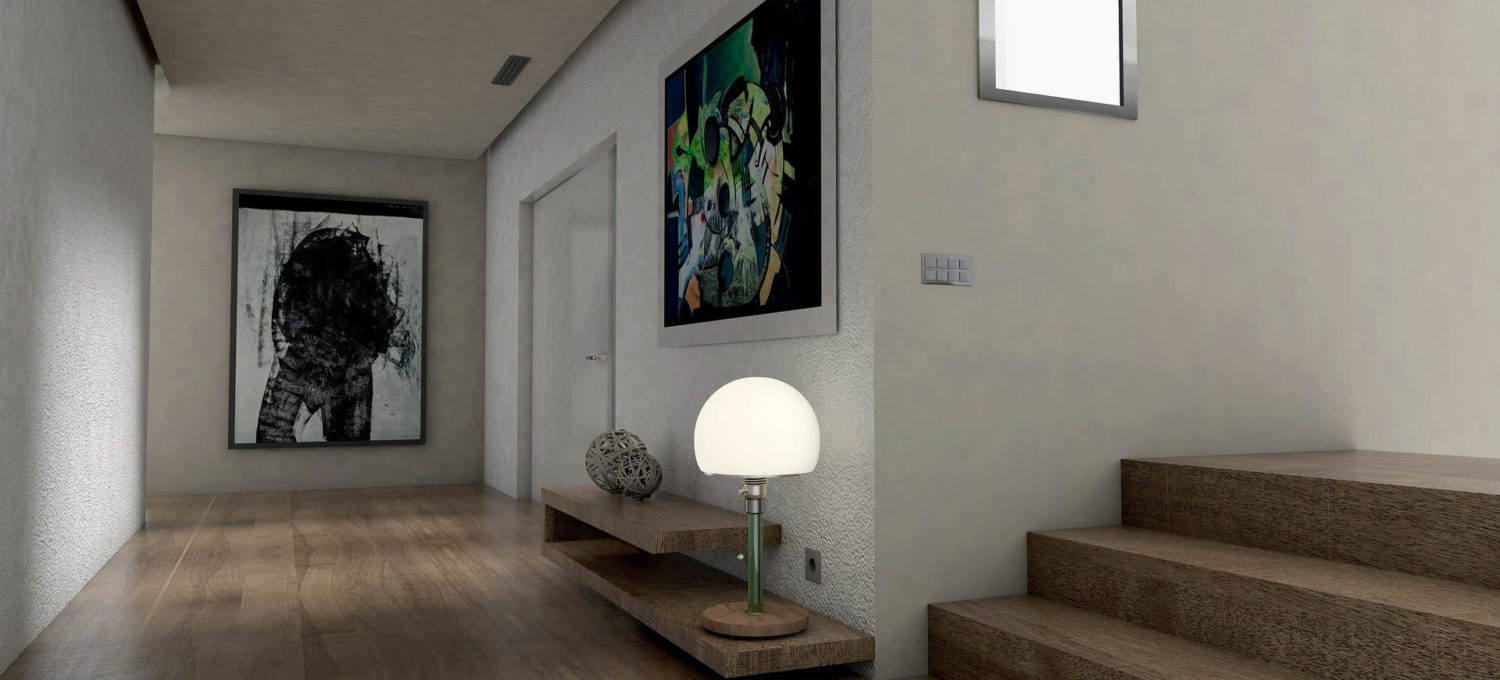Have you looked at Facebook, a magazine, or seen any ads today? There is a pretty good chance you have seen something that was 3D-rendered.
What is 3D Rendering? It’s used more and more in the design and architecture fields. In fact, the industry is predicted to grow by 20% in the next 5 years.
Keep reading to learn more in this introductory guide to 3D rendering!
The basics of 3D rendering
The idea behind 3D rendering is to represent a 3D image or model in a 2D format. These images are used lots of ways to help people visualize a real-life or imagined 3D object or scene.
Architecture firms use it to help show what a building will look like in real-life, even before it’s built.
Instructional manuals often make use of the technology to show customers how to assemble the parts of their bookcase, table, or whatever new item that needs some assembly at home.]
Video game developers use 3D rendering to come up with fictional (or real) 3D spaces that a consumer uses on a 2D TV screen.
The “rendering” part refers to the computer processing that takes in all the relevant information and creates the 3D model.
The 3D rendered images show a useful model on a 2D sheet of paper, poster, computer screen, or TV.
Type of images
There are two main types of images that can be created using 3D rendering: photorealistic images and non-photorealistic ones.
Photorealistic images
A photorealistic rendering takes photos and other created images to create an image that looks like it could be a realistic photograph or real life.
An example of this would be the types of images architects or designers create to show what a new space or building will look like in the context of the real world.
You can see people walking around in front of a proposed building to get a sense of the scale. You can see how the design of the building might match its surroundings. These are extremely useful renderings as architects and builders work with their clients to plan and design new buildings.
Non-photorealistic images
These images don’t look exactly like real-life, but they don’t need to. An instructional booklet for putting together that IKEA shelving unit might have used 3D rendering to show how the real-life parts fit together, but you don’t need photorealistic images for that purpose.
Many design and graphics companies offer technical illustration services for just this purpose.
Another place you might find this type of image is a video game that has a 3D rendered environment that still looks like a video game, and doesn’t need to look like real life. Think of Minecraft or other similar games.
Looking ahead
As more of our lives are being lived online, the demand for 3D rendering keeps increasing. We can expect to see even more of these useful 2D versions of 3D environments in our daily lives, especially as we move toward getting most of our goods online.
Please check back here for more great articles on technology!

